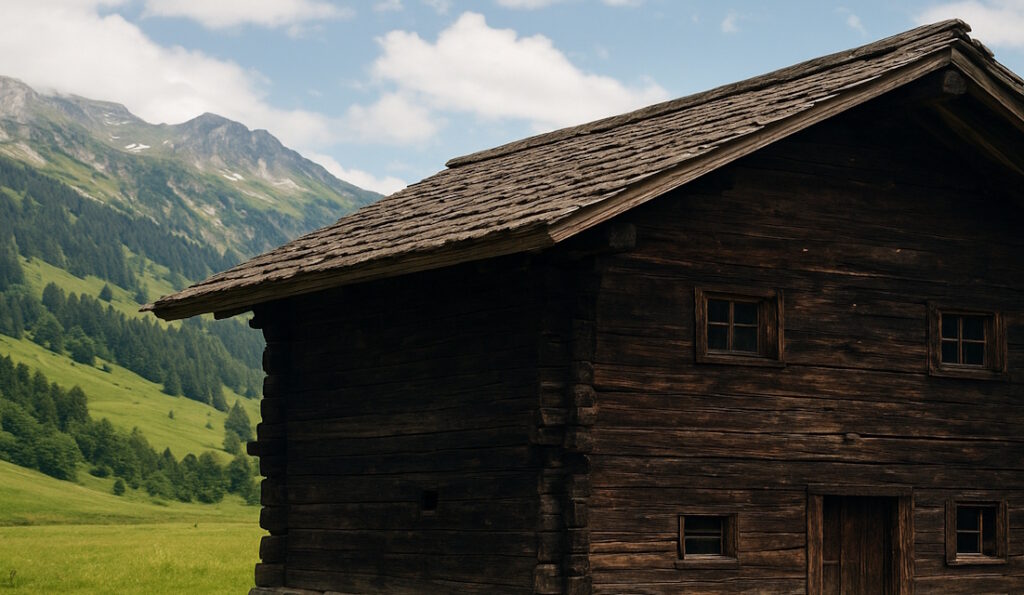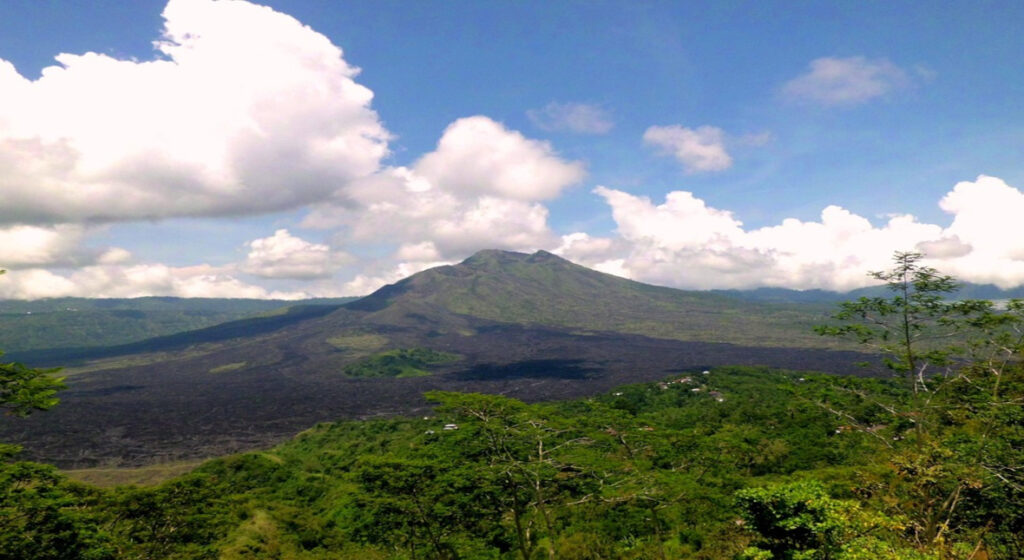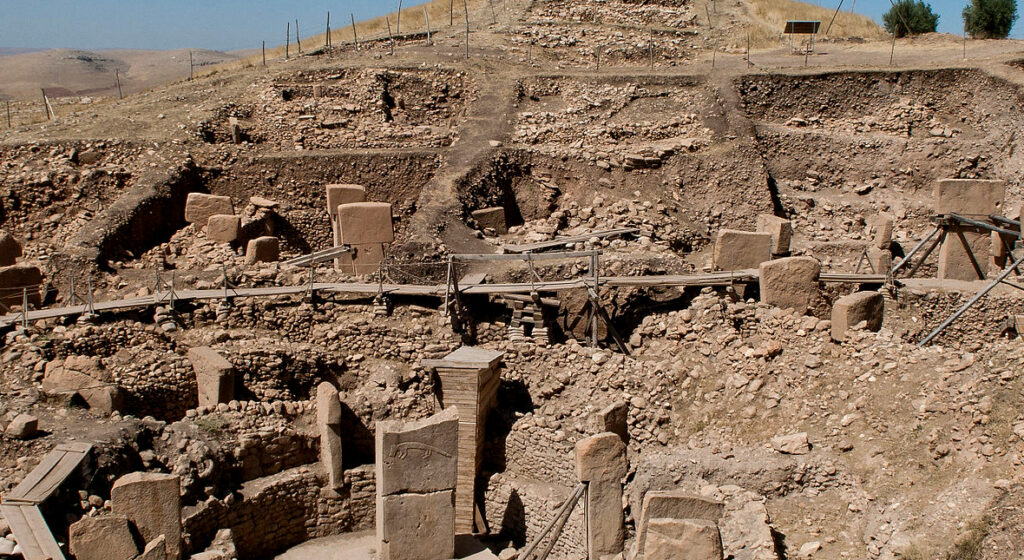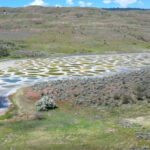Now Reading: A Village Built on a Cliff in Jiangxi, China: A Marvel of Engineering and Tradition
-
01
A Village Built on a Cliff in Jiangxi, China: A Marvel of Engineering and Tradition
A Village Built on a Cliff in Jiangxi, China: A Marvel of Engineering and Tradition
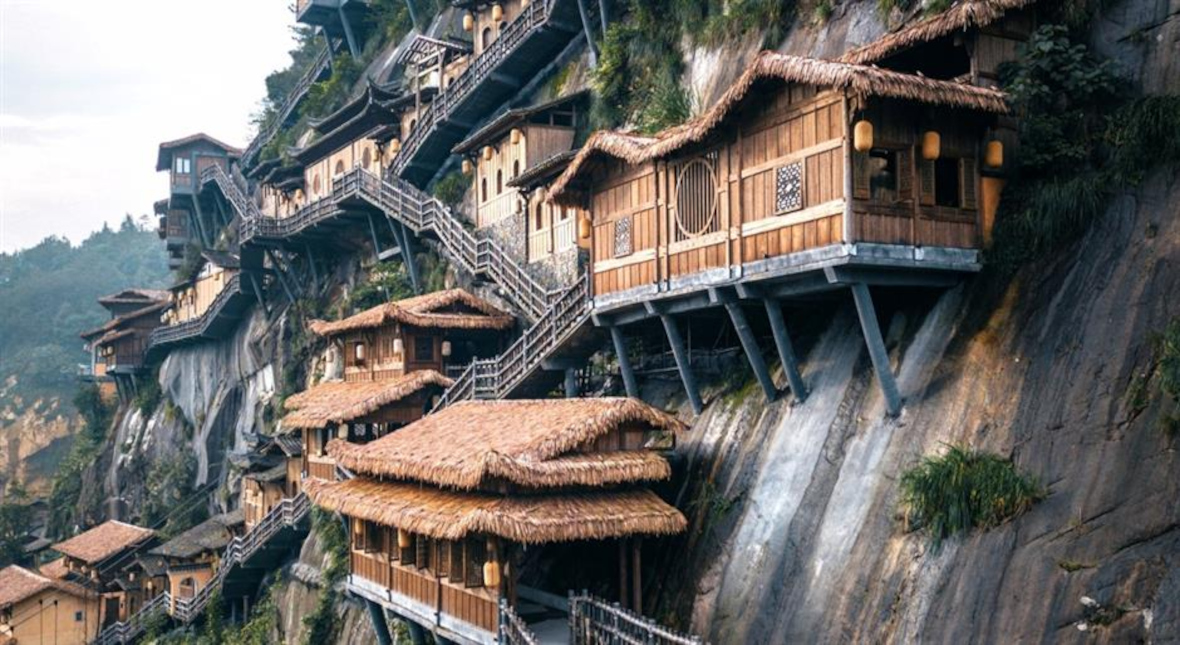
Nestled in the picturesque province of Jiangxi, China, lies an extraordinary village perched on the edge of a towering cliff. This awe-inspiring settlement, known as Hongtian Village, has captivated the imaginations of visitors and adventurers alike. With its stunning views, rich cultural heritage, and unique architectural design, Hongtian offers a glimpse into the ingenuity and resilience of rural life in one of China’s most rugged landscapes.
A Cliffside Village with a Rich History
Hongtian Village, located in the mountainous region of Jiangxi, has been home to generations of families for centuries. Its history dates back over 600 years, and despite its isolated location, it has remained a thriving community. The village was originally established by local farmers who sought to escape the conflicts and dangers of the plains below, finding refuge in the hard-to-reach cliffs. Over time, the residents adapted to their environment, creating homes and structures that blended seamlessly with the rugged terrain.
The unique geography of Hongtian Village — built directly into the cliffside — presents both challenges and opportunities for its inhabitants. The steep cliffs offer protection from invaders and natural disasters, but the difficult terrain also means that everyday tasks like farming and transportation are far from simple. Nevertheless, the villagers have not only survived but thrived, utilizing the land’s natural resources in innovative ways.
Architectural Wonders Carved Into the Cliff
The architecture of Hongtian Village is nothing short of extraordinary. Houses are built directly into the rock, with narrow stone pathways connecting the various dwellings. The structures themselves are typically made of wood and stone, designed to withstand the elements while harmonizing with the natural surroundings.
The cliffside homes often feature large windows and balconies that provide stunning panoramic views of the valley below. The residents, who are mostly farmers, have developed an intimate relationship with the land. The village is known for its terraced fields, which cling to the mountainside, taking full advantage of the limited space available for cultivation.
What is particularly remarkable about Hongtian Village is the way the buildings have been crafted to adapt to the environment, without disturbing the natural flow of the land.
Life on the Edge: Survival and Sustainability
Living on a cliff presents unique challenges. The steep inclines and rugged terrain make farming difficult, yet the villagers have adapted in ways that reflect both ingenuity and tradition. Terraced farming is common, where crops like rice, vegetables, and tea are cultivated on the narrow plots of land that can be found on the cliffside. These terraces are not only practical but also help prevent soil erosion, a crucial consideration in a region that can experience heavy rainfall.
In addition to agriculture, the villagers have developed unique systems for gathering water, storing food, and maintaining a steady supply of resources. The reliance on nature, combined with careful planning, has allowed these cliff-dwelling communities to thrive, even in a location that might seem inhospitable at first glance.
Tradition Meets Modernity
Despite the challenging environment, these cliffside villages have managed to preserve many of their traditional customs and practices. The architecture, local festivals, and day-to-day life reflect the rich cultural heritage of Jiangxi. Yet, these villages have also embraced modern infrastructure, such as roads and electricity, making them accessible without sacrificing the authenticity of their traditional ways of life.
The villages’ historical significance is also highlighted by the temples and shrines that dot the landscape. Many of these sites have been preserved for centuries, serving as spiritual centers for the community. The sense of continuity is palpable, as villagers continue to practice their ancient rituals while navigating the demands of modern life.
The Future of Cliffside Living
The future of these cliffside villages lies in the delicate balance between preserving tradition and embracing progress. As more people are drawn to the beauty and historical significance of these villages, there is a growing interest in sustainable tourism and conservation efforts. Initiatives to preserve the village’s architecture and landscapes are underway, ensuring that the traditions and culture of these communities will not be lost.











